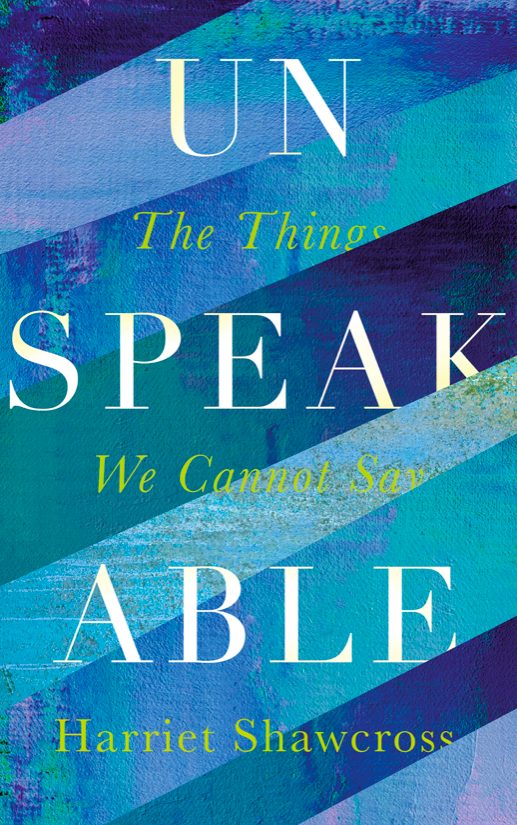This autobiographical story begins with Harriet Shawcross’s troubled childhood. She attends a boarding school where, unable to make friends, she finds solace in silence and becomes selectively mute. This becomes the baseline for her future. She becomes a journalist choosing to go to some of the most challenging areas in the world to continue her quest to discover people’s means of surviving difficult situations whether it be through speech or silence. The various chapters proceed to take the reader on a journey from Afghanistan to Nepal where Shawcross uses stories about other people’s lives to help to unravel her own story. As a journalist she had to come to terms with being a voyeur on people’s lives at the most tragic moments. For example, she meets the founders of the Samaritans, an organisation originally started as a helpline for people to discuss sexual problems in private, but nowadays more about talking people out of taking their own lives.
Shawcross began to collect other people’s stories about silence and discovered not speaking can be a positive quality. Conversely, following a retreat to a Buddhist centre in Scotland she met people who actually became ill following silence. She comes to realise that meditation in the west is basically stress reduction or relaxation while in a religious context it’s about becoming enlightened and not meant to be easy. Following another visit, this time to a convent, she realised that silence only works for certain people.
Ultimately this is the story of the author coming to terms with her own sexuality and how she struggled to find the words to admit she was drawn to women which does not come across as interesting a story as those which she has investigated on her journey. However, she does write in an easy, free-flowing style in the first person to narrate her story and along the way identifies herself with George Oppen who couldn’t write for twenty five years and intertwines her story with his poetry.
In an age where words can be twisted and turned Shawcross narrates her story bravely to help us understand why words sometimes fail us and yet sometimes they are the only thing that can save us.
